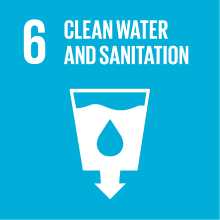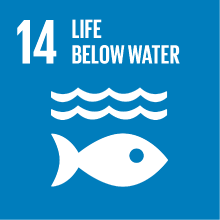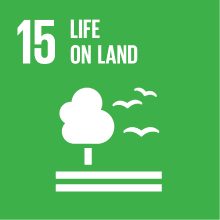CONTAMINATED SITES REMEDIATION AND BIOREMEDIATION TECHNOLOGIES
- Academic year
- 2021/2022 Syllabus of previous years
- Official course title
- TECNOLOGIE DI RISANAMENTO E BIORISANAMENTO DELLE MATRICI AMBIENTALI
- Course code
- CM0560 (AF:354705 AR:185357)
- Teaching language
- Italian
- Modality
- On campus classes
- ECTS credits
- 6
- Degree level
- Master's Degree Programme (DM270)
- Academic Discipline
- ING-IND/25
- Period
- 2nd Semester
- Course year
- 1
- Where
- TREVISO
- Moodle
- Go to Moodle page
Contribution of the course to the overall degree programme goals
The course aims to define and investigate issues related to the sustainability of contaminated sites remediation technologies (soils and groundwater remediation), providing the necessary tools to evaluate a remediation technology application both from a regulatory and technical point of view.
The course provides a brief introduction on the regulatory structure that governs its interventions, with particular attention to the recent provisions relating to the sustainability of the remediation technologies, which aim to reduce the production of waste, to reuse the reclaimed material within the area of remediation, the reduction of energy and water consumption and the use of low environmental impact technologies. The technologies analyzed will be both chemical-physical (the most applied) and biological, with a particular focus on recent biotechnology applications. Their applicability and efficiency will be analyzed, the available case studies will be reported and discussed considering the aspects related to hydrogeology, the type of contaminants and their degradation mechanisms in soil and water matrices.
In line with the objectives of the degree course, the course aims to give to students all the skills necessary for the development and use of innovative biotechnological techniques and processes to support the circular economy.
Expected learning outcomes
Graduates are familiar with biotechnological techniques and chemical and biological processes related to the remediation of contaminated sites.
Ability to apply knowledge and understanding:
Graduates are able to evaluate the best technologies and biotechnologies applied to the remediation of contaminated sites.
Judgment autonomy:
Graduates are able to process complex information and data from different sources and are able to analyze and manipulate these data to elaborate clear and accurate summaries, drawing relevant conclusions to make any proposals for action.
Communication ability:
Graduates will acquire adequate skills and tools of written and oral communication, modern skills to analyze, propose and critically discuss the data of their experimentation with specialist and non-specialist interlocutors, even for the presentation and dissemination of experimental data and for the discussion of issues related to the development of biotechnology.
Communication skills:
Graduates will develop learning ability and in-depth analysis skills related to innovative research and current problems solving concerning the sector of the application of biotechnology in the industrial field.
Pre-requirements
Understanding of the written English language in order to understand the slides and extracts from publications, technical / scientific texts and manuals, which the teacher will use in class.
Contents
State of the art of contaminated sites remediation procedures in Europe and Italy;
Introduction to Italian laws;
Fundamentals and guide lines on sustainability applied to contaminated site remediation;
Fundamentals of hydrogeology;
Type of contaminants (classic and emergent polluting substances);
Characterization of a contaminated site and sampling strategies;
Process of contaminated sites securing (physical and hydraulic barriers);
General introduction on the chemical-physical technologies available for the recovery of contaminated soils and waters; technologies of safety measures of a contaminated site: a description of physical barriers; hydraulic barriers, remediation techniques: permeable reactive barriers, ventilation of the soil, immobilization technology,soil washing, thermal treatments, oxidative processes, electrokinetic decontamination, water treatment (from Pump and treat systems); case studies;
General introduction on biological methods for the recovery of water and soil, phytoremediation, bioventing, biopiles, composting, land farming, biosparging, natural attenuation;
Biotechnologies applied to contaminated sites remediation: available technologies, biosensors, OGM, case studies.
Referral texts
Brugnoli E. Massarelli C., Uricchio V. Zurlini G. (2014). Tecnologie di bonifica dei siti contaminati. Ed. Cacucci
Didactic meterial provided by the professor
Assessment methods
Type of exam
Teaching methods
2030 Agenda for Sustainable Development Goals
This subject deals with topics related to the macro-area "Natural capital and environmental quality" and contributes to the achievement of one or more goals of U. N. Agenda for Sustainable Development



